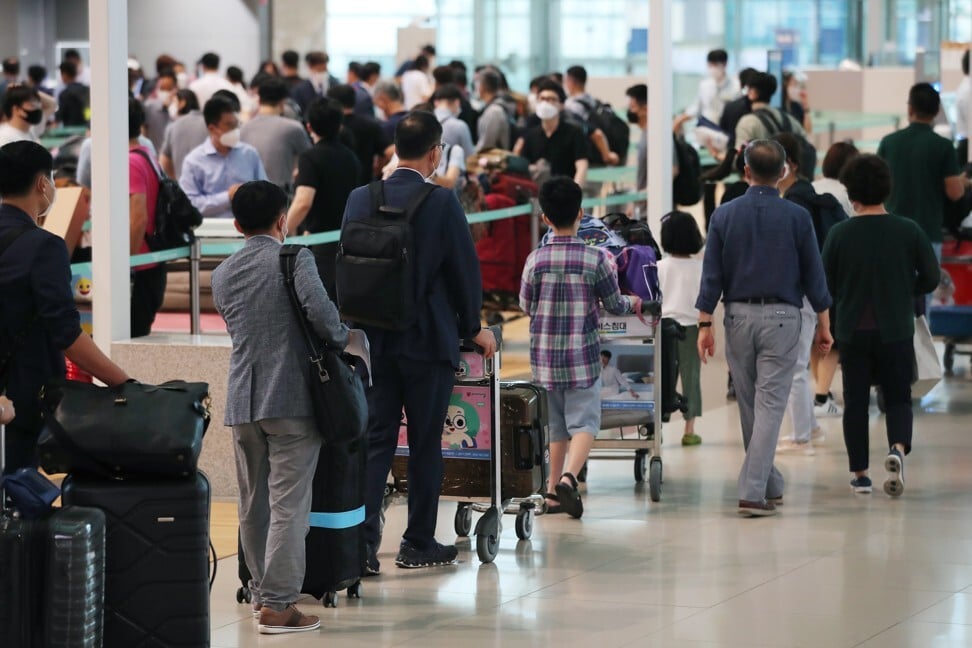
Travellers return to the sky as China’s Covid-19 outbreak comes under control, boosting ‘golden week’ flights by 13 per cent
- The number of daily average domestic flights rose 13 per cent compared with the same period in 2019, said the civil aviation regulator
- Domestic recovery speeds up faster than expected, but airfares rebound continued under pressure: experts
The number of daily average domestic flights rose 13 per cent during the holiday from October 1 to October 8 compared with the same period in 2019, with 109,856 local services offered during the period, the Civil Aviation Administration of China (CAAC) said.
“October’s gain was higher than expected, as airlines were not expecting a recovery to 90 or 100 per cent until the start of 2021,” said Bocom International’s analyst You Luya in Hong Kong. “It’s not only the recovery of demand for domestic travel, but also because people who used to travel abroad turned to domestic destinations.”
The resumption in travel underscores how life in China, the first major global economy to emerge from coronavirus lockdowns, is almost back to the pre-outbreak levels. Retail sales picked up during the weeklong holidays, a typical peak season for travelling and consumption.

Some 13.26 million people took planes nationwide during the golden week, with daily average traveller volume recovered to 91.1 per cent of the level in 2019, according to CAAC. Overall daily average flights, including international and domestic ones, recovered 89.7 per cent as overseas routes only recovered around 10 per cent.
China’s major airports were kept busy. Nationwide, more than half of the 21 large airports recorded positive year-over-year gains in daily average flight numbers, data from travel data and service provider VariFlight showed. The number of flights from Sanya’s Phoenix International Airport rose more than 20 per cent from the same period in 2019. Airports in Shanghai also saw the number of flights taking off from the city and the number of air passengers surge to records compared with the golden week holidays of the previous years.

The strong rebound in China is expected to help relieve the cash flow pressure of Chinese carriers, which already lost 34.25 billion yuan (US$5 billion) in the second quarter. The International Air Transport Association (Iata), the industry guild, said that global airlines would need to burn through US$77 billion in cash in the second half of 2020, or almost US$300,000 per minute. The industry is expected to bear losses until 2022.
“The rebound of air fares still has a long way to go,” said Lin Zhijie, an expert at the official Aviation Think Tank, noting that certain existing travel restrictions for students, teachers and public servants will continue to hinder full recovery of the aviation industry. “The oversupply in the domestic market [due to continued Covid-19 outbreak overseas] will also weigh on air fares growth.”

